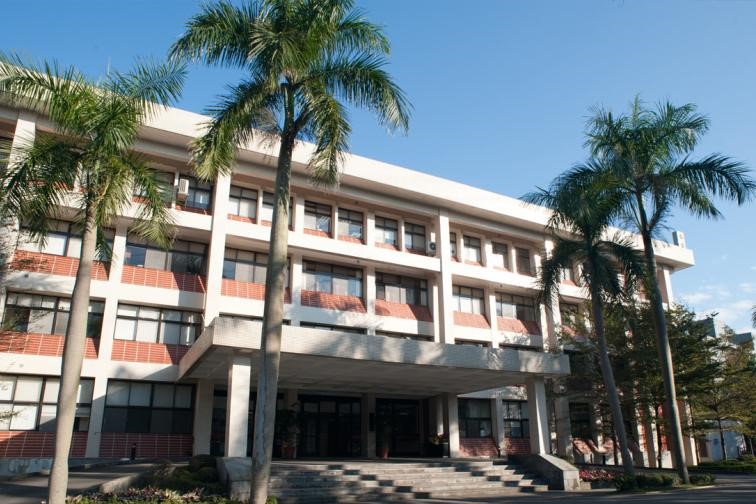- 演講或講座
- 生物醫學科學研究所
- 地點
生醫所地下室B1B演講廳
- 演講人姓名
洪浩淵博士 (國防醫學中心)
- 活動狀態
確定
- 活動網址
Sepsis-associated coagulopathy results from dysregulation of inflammation and oxidative stress, leading to developing into disseminated intravascular coagulation (DIC) with a high risk of multiple organ dysfunction syndrome (MODS) and high mortality. However, there is still no silver bullet for severe sepsis, especially in patients with complications of DIC. Furosemide is a loop diuretic that blocks the activity of Na+-K+-2Cl− cotransporter 1 (NKCC1), and it has both anti-inflammatory and anti-oxidative effects. Besides, NKCC1 may participate in the regulation of inflammatory response. Hence, we aimed to test whether furosemide could improve coagulopathy and prognosis during sepsis. This study mainly focuses on two parts: (1) in a sepsis-like rat model, we evaluated the possible role of NKCC1 in sepsis, especially on inflammatory cytokines and superoxide levels, coagulopathy, MODS, and mortality by using furosemide, and (2) in the nationwide population-based cohort study, patients with sepsis were identified from the National Health Insurance Research Database (NHIRD) of Taiwan. We used different outcome measures to prove furosemide intervention could improve the prognosis of patients with sepsis. Most importantly, furosemide alleviated coagulopathy and MODS and increased survival rate. Taken together with these results, we suggest that the therapeutic mechanism of furosemide is associated with its anti-oxidative and anti-inflammatory properties, possibly due to inhibition of NKCC1, indicating that NKCC1 could be a potential therapeutic target for sepsis treatment. Since furosemide has been widely used in clinics, and hence, an old drug for new use makes it possible in sepsis patients.









 首頁
首頁

